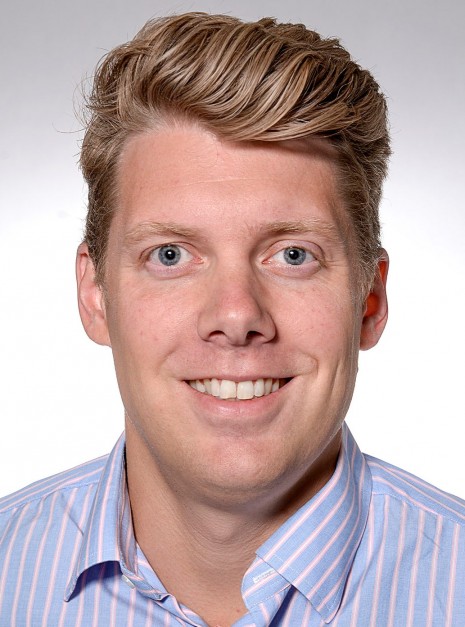
Discovering interventions for healthier, happier and more productive ageing".
Admission: Open to public, no charge
Printable programme (pdf)
The Nansen Neuroscience Lectures (NNLs) are organized in conjunction with Fridtjof Nansen’s birthday to commemorate his fundamental contribution to neuroscience. The NNLs are given by speakers selected from the top tier of science research.
Organizers:
Linda H. Bergersen and Jon Storm-Mathisen in cooperation with the University of Oslo, the Nansen Neuroscience Network (NNN), and the Norwegian Academy of Science and Letters (DNVA).
For information on NNL and previous lecturers, please click here.
The Nansen Neuroscience Lectures (NNL) honour Nansen’s ground-breaking contribution to neuroscience and since 10.10.2010 is part of the Academy’s Nansen-celebration. This year, Morten Scheibye-Knudsen, University of Copenhagen, will speak on "Discovering interventions for healthier, happier and more productive ageing".
Impaired health at old age is a major societal concern. Dr Morten Scheibye-Knudsen, uses in silico analyses, artificial intelligence, in vitro biochemistry and molecular biology as well as in vivo work on mouse disease models to provide new understanding and novel approaches to prevention and therapy.
Programme:
11:30: Coffee and refreshments – Mingling
12:00: Opening by Hans Petter Graver, President of The Norwegian Academy of Science and Letters
12:03: Introduction by Linda H Bergersen, University of Oslo
12:06: Lecture by Morten Scheibye-Knudsen, University of Copenhagen, Denmark
12:46: Discussion and questions from the audience, moderator Jon Storm-Mathisen, University of Oslo
13:00: Coffee and refreshments – Informal discussions
Abstract
The process of aging is characterized by an accumulation of DNA damage, likely contributing to the many pathologies observed in the elderly population. Indeed, recent findings suggest that we can intervene in the DNA damage response and thereby alleviate features of aging. In this lecture, I will describe our in silico, in vitro and in vivo methodologies aimed at understanding the physiological consequence of DNA damage, and how we can use this knowledge to develop interventions. This will be illustrated by our discovery of a new premature aging disease characterized by defects in DNA metabolism, and by our efforts to develop small molecule DNA repair stimulators. Our goal, is to allow everyone to live healthier and longer lives.
Biography
Morten Scheibye-Knudsen is an Associate Professor at the Department of Cellular and Molecular Medicine and at the Center for Healthy Aging (CEHA), University of Copenhagen. He did his MD at the University of Copenhagen and worked briefly as a physician in Denmark and Greenland before turning to science. He did his post-doctoral fellowship at Vilhelm Bohr’s lab at the National Institute on Aging, National Institutes of Health, where he utilized state-of-the art approaches to understand how DNA damage contributes to aging. He discovered that neurodegeneration in several premature aging diseases is partly caused by hyperactivation of a DNA damage responsive enzyme called poly-ADP-ribose polymerase 1 (PARP1). This activation leads to loss of vital metabolites such as NAD+ and acetyl-CoA. Importantly, this discovery facilitated the realization that we can intervene in the aging process by inhibiting PARP1, augmenting NAD+ levels and increasing acetyl-CoA. In his own lab he continues to focus on understanding aging by combining machine learning based approaches with wet-lab analyses with the goal of developing interventions for age-associated diseases and perhaps aging itself.
